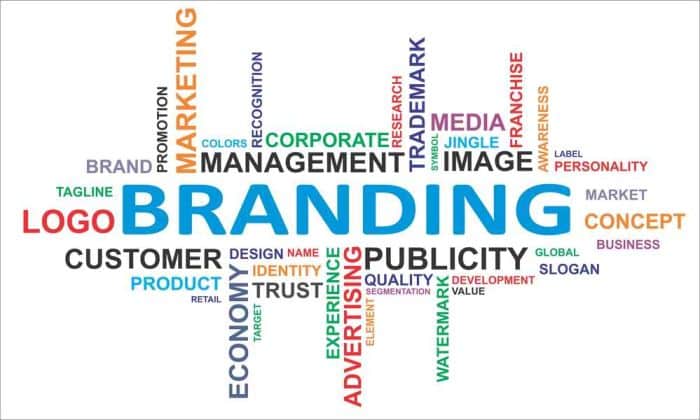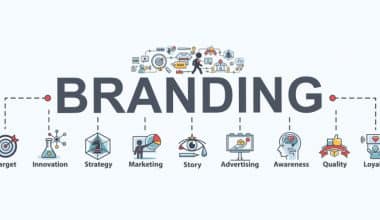Do you recall the first time you tried to launch a product and expected it to fly off the shelves, only to discover it accumulating dust? I do. I’d just poured my heart and energy into making what I thought was the ideal product. I saw it being a bestseller overnight. But reality set in when sales didn’t simply lag; they barely moved. It was a humbling event that taught me the value of smart branding. In this article, I’ll discuss the seven branding criteria that helped my product go from shelf-warmer to must-have item. These insights, supported by statistics and in-depth analysis of tactics, can assist you in ensuring that your product catches attention and increases sales.
What is Product Branding?
Product branding is the process of developing a brand for a stand-alone product. This strategy provides a product its own personality.
Consumers are aware of what to expect when purchasing a product, even if they have not yet experienced it personally. Shoppers believe in a product’s brand, particularly the “feel” it exudes, and take that into account when shopping for new things.
Science has shown that most purchasing decisions are emotional. Product branding enables companies to create emotional ties that lead potential customers to a purchase.
Key Takeaway
- Smart branding is crucial for transforming a product from a shelf-warmer to a must-have item.
- Product branding gives a product its own personality and helps consumers form an emotional connection, driving purchasing decisions.
- Successful product branding requires standing out from competitors and targeting specific audiences with tailored features.
- Consistency in branding across all platforms and investing in high-quality design can significantly boost brand recognition and trust.
- Engaging with your audience and providing exceptional customer service is essential for building loyal customer relationships and driving long-term success.
What Makes a Strong Product Brand?
Creating product brands is a simple procedure. It does not take much work to establish a strong brand. However, not all endeavors yield satisfying results.
Google and Amazon are successful brands, yet their names reveal nothing about what they do. Certain intangible elements contribute to the power of these brands.
Here are three product branding principles that might help you build a successful product branding.
#1. Stand out from the competitors
A strong product brand allows customers to instantly distinguish your offering from competitors by establishing distinct connotations. When you see a Pepsi or Coca-Cola product, you realize they belong to distinct firms. No one else makes things like these brands.
Differentiation is also vital for brands that offer multiple products. As an example, Coca-Cola’s portfolio comprises a variety of drinks with similar flavors but differ in composition or packaging, making them easily identifiable.
#2. Focus on a certain target audience
It is worthwhile to include characteristics in the product that would limit its availability to the target market. A good example is sugar-free Pepsi or Coca-Cola. They are aimed at a specific demographic, namely persons who avoid sugar in their diets or are diabetics but enjoy the taste of these beverages.
Because they should not consume a “regular” sugar-sweetened drink, you can design the ideal product by providing an alternative that matches their special requirements. A strong brand considers all clients (so that product features are tailored to the most appropriate number of recipients), and so the brand strategy is on track.
In terms of product branding, e-commerce has provided new opportunities for firms to reach a worldwide audience and build meaningful relationships with customers. Ecommerce branding enables businesses to reach beyond geographical limits and effectively communicate their brand message across digital media.
#3. Showcase your product
A strong brand helps customers distinguish these products. Strong branding enables clients to virtually immediately imagine what they will find in the product box. The product’s name, logo, graphics, and colors must all be in harmony.
Consider the difference between drinks in bottles and cans: the former allows you to see what the container contains, whilst the latter makes it difficult to see anything. So you can only rely on the colors and name on the can to determine what kind of drink you’ll find. The red can with the logo in italics is easily recognizable as Coca-Cola, right? It cannot be mistaken for any other product brand.
When presenting a product, using a marketing one sheet is an effective approach to provide a detailed review of its essential features and benefits. Using a product one-pager allows for clearer communication of a product’s worth to potential clients.
7 Rules for Effective Product Branding
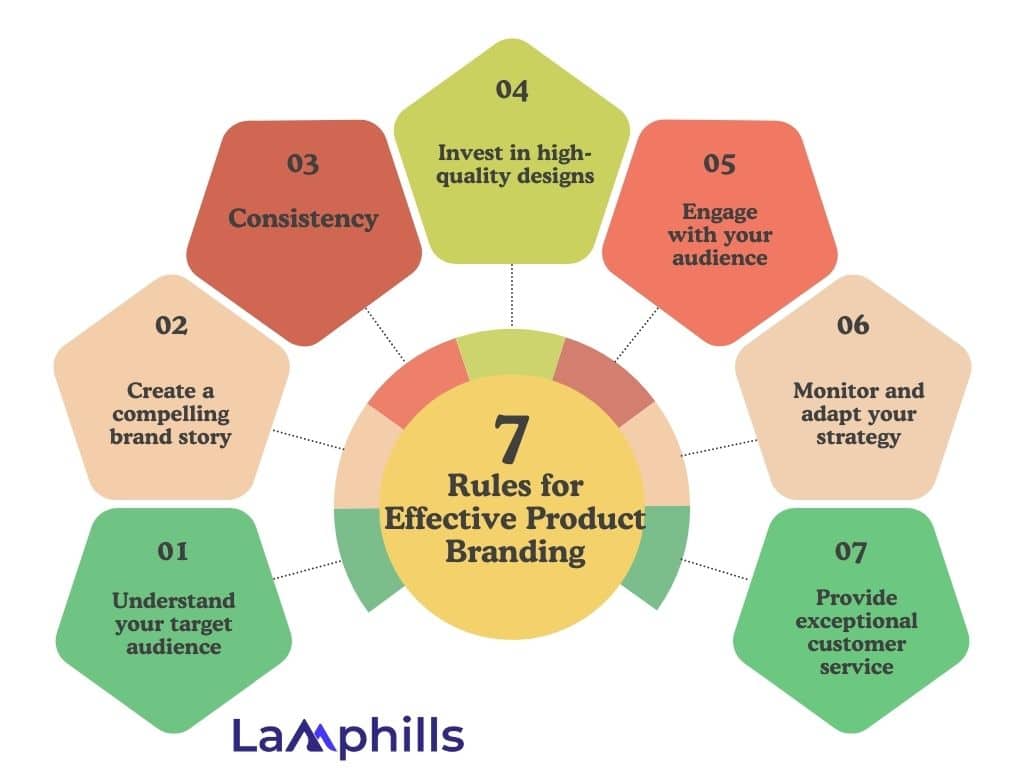
#1. Understand your target audience
Understanding your target demographic is the key to successful branding. You can’t build a brand that resonates until you know who you’re talking to.
When we first debuted, we made the error of attempting to appeal to everyone. Our messaging was generic, therefore it didn’t resonate with anyone in particular. We rapidly realized we needed to narrow our emphasis. To create our ideal customer profiles, we conducted in-depth customer surveys, monitored social media, and evaluated market trends. This enabled us to adjust our content, packaging, and even product characteristics to better meet the needs of our intended audience.
Here’s what we did;
- Create customer questionnaires: We created detailed questionnaires that inquired about our consumers’ preferences, pain issues, and purchasing behaviors. This straight feedback was really useful in shaping our product and branding strategy.
- Social Media Listening: By monitoring social media conversations, we learned about our target audience’s interests, dislikes, and unmet requirements. We were able to successfully track these talks using tools like Hootsuite and Brandwatch.
- Market Analysis: We researched our competitors and market trends to see what was successful in our sector and where there were gaps. This helped us distinctively position our product.
According to HubSpot, organizations that effectively identify and target their audiences are 60% more likely to achieve their marketing objectives.
#2. Create a compelling brand story
Your brand story is what differentiates you from your competitors. It is important to consider not only what you offer, but also why you sell it and how it provides value to your clients’ lives.
We created a brand story that emotionally resonated with our audience by telling our path of overcoming obstacles and being true to our objective. This narrative contributed to a stronger bond with our customers. They weren’t just purchasing a product; they were also promoting a tale they believed in.
Here’s what we did:
- Identify Core Principles: We identified the core principles that propelled our business and included them in our brand story.
- Share Personal Journeys: We incorporated anecdotes about our trials and victories to make our story more relevant and authentic.
- Visual Storytelling: We employed high-quality pictures and videos to enhance our narrative and keep it interesting.
According to a Headstream survey, 55% of individuals are more inclined to buy a product again if they enjoy the brand story.
Read Also: Video Storytelling: Its Benefits to Your Brand
#3. Consistency
Consistent branding fosters trust and awareness. Your logo, colors, typefaces, and messaging should remain consistent across all platforms and mediums.
In the beginning, our branding was all over the place, with distinct logos, color schemes, and messaging across several platforms. We instantly recognized the confusion this generated. After harmonizing our brand aspects, we noticed a huge improvement in brand awareness and customer trust.
Here’s what we did:
- Brand Guidelines: We created thorough brand guidelines outlining every facet of our brand’s visual and vocal identity.
- Training Sessions: We held training sessions with our team to ensure that everyone understood and followed these principles.
- We conducted frequent audits of our marketing materials to guarantee uniformity.
Lucidpress claims that consistent brand presentation across all platforms can boost revenue by up to 23%.
#4. Invest in high-quality designs
First impressions are important, and your brand’s visual identity is frequently the first interaction a customer has with your product.
We used expert design firms to produce a visually appealing logo, packaging, and website. This investment paid off since clients saw our brand as more professional and trustworthy.
Here’s what we did;
- Professional Designers: We recruited skilled designers to generate high-quality visual assets that were consistent with our brand identity.
- User Experience: We prioritized user experience (UX) design for our website, making it straightforward and simple to navigate.
- Feedback Loop: We solicited user feedback on our design aspects and implemented changes based on their suggestions.
According to Adobe’s State of Create study, 59% of consumers prefer to conduct business with firms that use well-designed marketing materials.
Read Also: I Doubled My Traffic Overnight By Using This Curated Content Hack
#5. Engage with your audience
Building a good brand necessitates regular communication with your consumers. This is more than just posting on social media; it also includes actively listening, responding, and developing meaningful conversations.
We made an effort to communicate with our audience through social media, email newsletters, and live events. We solicited input, replied to criticisms, and fostered a community around our brand. This not only enhanced client loyalty but also offered useful information about what our customers wanted.
Here’s what we did:
- Interactions: We used interactive material like surveys, Q&A sessions, and live videos to engage our audience.
- Personalized Responses: We tailored our responses to customers’ concerns and opinions, making them feel appreciated and heard.
- Community Building: We created a feeling of community by conducting events and providing areas for our consumers to interact with us and one another.
According to Sprout Social, 64% of consumers want brands to connect with them, and 76% are more likely to buy from a brand with which they identify.
#6. Monitor and adapt your strategy
The market is constantly evolving, as are consumer preferences. It’s critical to constantly assess your branding strategy and make changes as necessary.
We used Google Analytics and social media data to monitor the effectiveness of our branding efforts. By examining these indicators regularly, we were able to determine what was and wasn’t working, allowing us to make educated changes to our strategy.
Here’s what we did:
- Analytics Tools: We used analytics tools to collect information about website traffic, engagement rates, and conversion metrics.
- Regular Reviews: We had regular review meetings to discuss our branding effectiveness and suggest potential improvements.
- Agility: We remained nimble, ready to adjust our tactics in response to new data and market trends.
McKinsey & Company discovered that organizations that routinely analyze and change their marketing tactics are 30% more likely to expand quickly than their competitors.
#7. Provide exceptional customer service
Your brand is defined not just by what you say, but also by what your customers say about it. Providing excellent customer service can convert delighted consumers into brand evangelists.
We prioritized customer service by building a comprehensive support system and educating our personnel to respond to concerns quickly and effectively. The favorable feedback and word-of-mouth referrals we received greatly improved our brand’s reputation.
Here’s what we did:
- Support System: We created a complete support system with numerous channels (phone, email, and live chat) for client concerns.
- Training Programs: We gave thorough training to our customer service personnel to ensure that they provided excellent service.
- Feedback Loop: We encouraged customer feedback and used it to continuously improve our products and services.
According to HubSpot, 93% of customers are inclined to make repeat purchases from businesses that provide exceptional customer service.
How Lamphills Media Can Help
Lamphills Media understands the intricacies of creating and maintaining a successful brand. We provide extensive brand audits, guideline formulation, and strategic planning to assist you in achieving brand compliance and consistency. By leveraging our experience, you can ensure that your brand remains strong and influential in the marketplace. Contact us today!
Benefits of Product Branding
Product branding is important because it establishes an immediate association with customers and tugs on their heartstrings, eliciting the essential range of emotions and establishing a strong relationship. Furthermore, it provides the following benefits:
#1. Building client loyalty
Product branding sets your offerings apart from competitors, allowing you to quickly earn consumer preference. This strategy increases client loyalty and broadens the impact of corporate branding, potentially elevating your product to the status of category representative. By increasing brand recognition, it may capture the target segment and become the preferred choice for consumers.
#2. You’re always ahead
Product branding is a powerful tool that may position your organization as a trailblazer, generating trust and confidence. It generates interest in the parent company, influences customer purchasing decisions, and increases employee motivation. It also recruits top talent, transforming new hires into brand ambassadors while lowering onboarding costs.
#3. Unique Identity
Product branding improves the customer experience and can stimulate new product development. It has the potential to lower advertising expenditures over time while also opening up new revenue streams. It also acts as a protective layer between brands and sub-brands, protecting the company’s reputation even in the event of a product failure and preserving a distinct brand identity.
Strong product branding generates intense competition in the niche, prompting other businesses to invest more money and effort. Furthermore, it encourages others to enhance their offerings, resulting in a market full of high-quality content and a better world.
What are the Essential Product Branding Services?
With such a broad number of factors that contribute to brand product success, the question arises: what product branding services do you require? Let us highlight the top seven:
- Name Creation.
- Logo design.
- Product messaging.
- Product positioning.
- Style guide.
- Product branding strategy.
- Product branding and marketing.
What are Some Examples of Effective Product Branding?
Here are some examples of successful product branding.
#1. Apple: MacBook Air/Pro
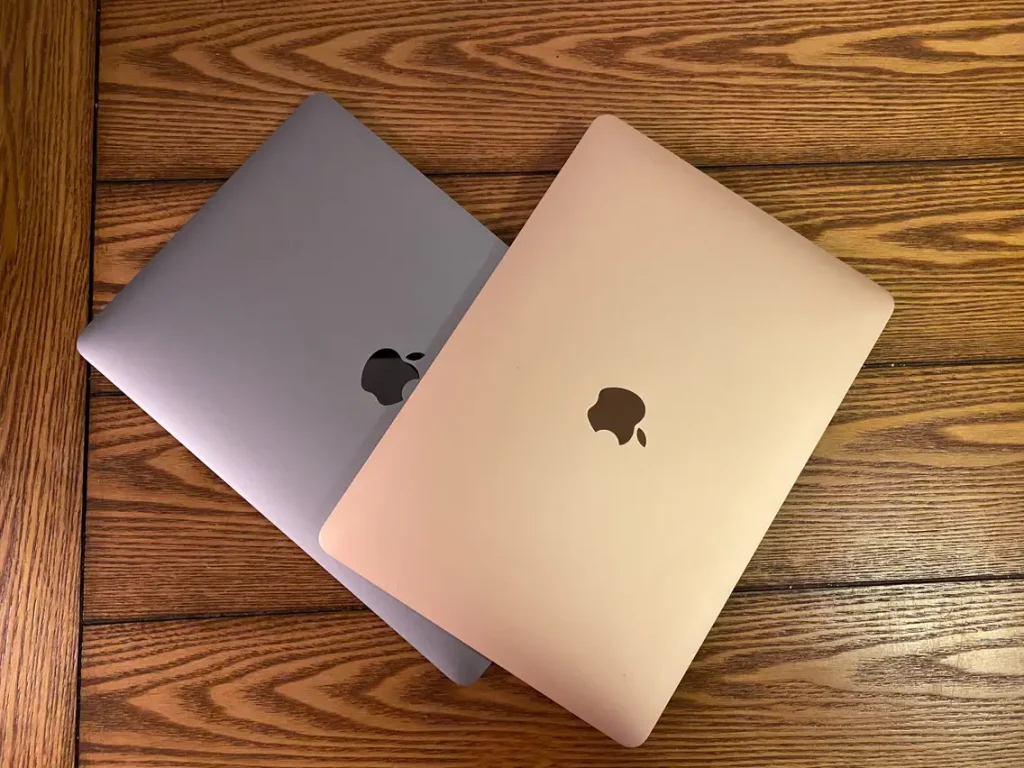
Any post or article about excellent companies will include Apple for obvious reasons: they make a lot of money, and everyone wants their products.
But how about product branding?
The company has had many achievements, but there have also been significant failures.
MacBook Air and MacBook Pro are both excellent. Let us look at why.
- The “book” section (together with the product design and packaging) clearly indicates that you are purchasing a laptop.
- “Air” implies thin and lightweight (and the rest of the branding is consistent).
- The term “pro” refers to a professional-grade device, which is likely to cost more.
- Finally, “Mac” indicates that we are dealing with a Mac rather than a PC.
- And those are just the words.
Product graphics, advertising slogans, and other elements reinforce the ideas made above while also generating additional attention.
#2. Equate: Anything and Everything
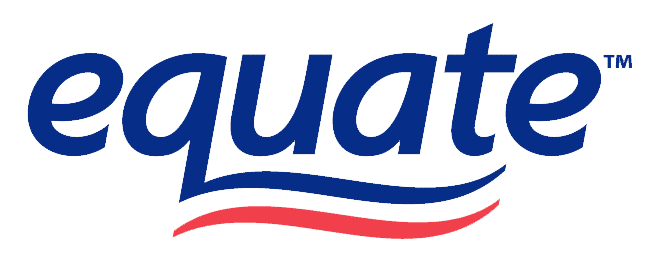
This is counterintuitive, but hear us out.
Equate is Walmart’s generic brand for pharmaceutical, health, and cosmetic products.
The packaging is not particularly interesting. The logo design is not either. At first glance, it would appear to be on the “bad product branding” list.
But take a step back and consider the objectives of this product branding.
It exists to inform buyers that “this is a cheaper but more reliable alternative.”
Walmart has undoubtedly excelled by employing a consistent product branding strategy.
Even if Equate items don’t precisely make them happy, customers recognize them right away.
The branding distinguishes the products and focuses on a certain submarket.
#3. Starbucks
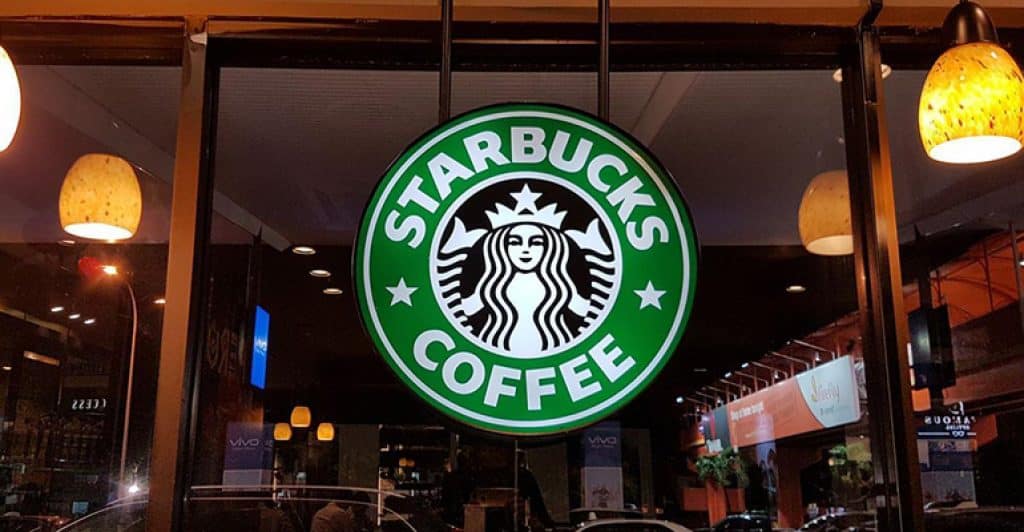
Starbucks is another successful and instantly recognizable brand.
Its packaged coffees, which are offered in grocery stores, are a clear success in product branding.
They distinguish themselves from ordinary grocery store coffee by being associated with the Starbucks brand.
Consumers understand what they’re getting: strong (maybe burnt?) coffee with a steady reputation.
Conclusion
Following these seven branding standards elevated our product from a forgotten item on the shelf to a sought-after must-have. Understanding your target audience, creating a compelling brand story, remaining consistent, investing in high-quality design, interacting with your audience, monitoring your strategy, and offering outstanding customer service are all key aspects of this journey. Adhering to these guidelines will ensure that your product not only sells well but also generates long-term client loyalty. How will you use these branding guidelines to boost your product’s success?
Related Articles
BRAND ASSETS: 13 Examples That Will Strengthen Your Band
- Brand Compliance 101: Everything You Need to Know
- BRAND RESONANCE: Elevating Brand Resonance Through Experiential Engagement
- The Top 2024 Brand Mention Tools (All You Need)
- 9 Personal Branding Hacks for Insane Growth in 2024
